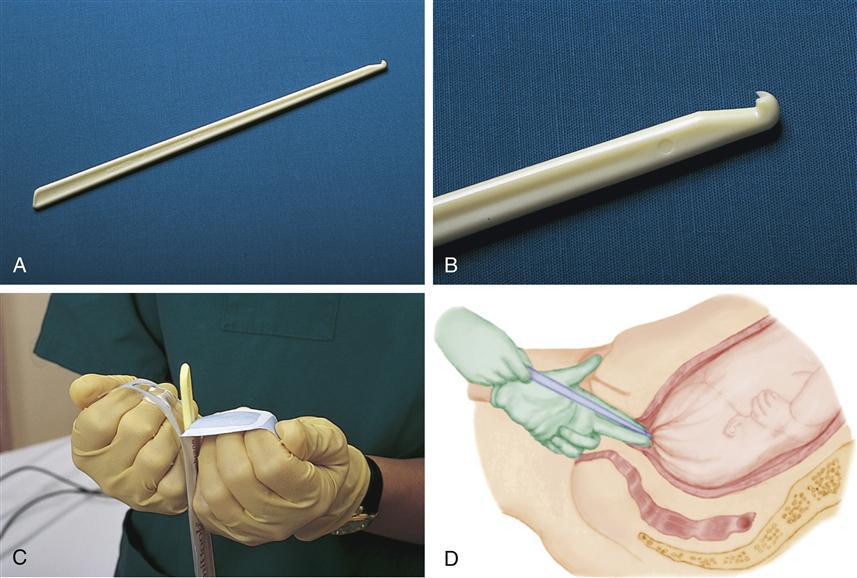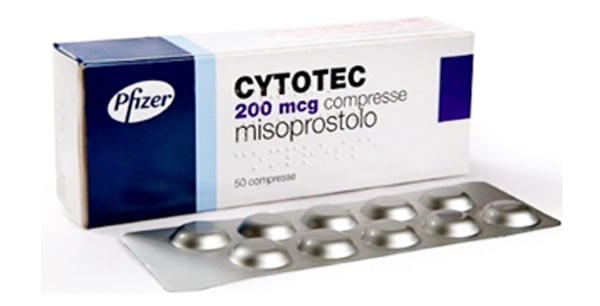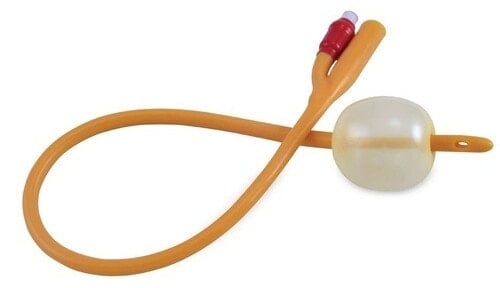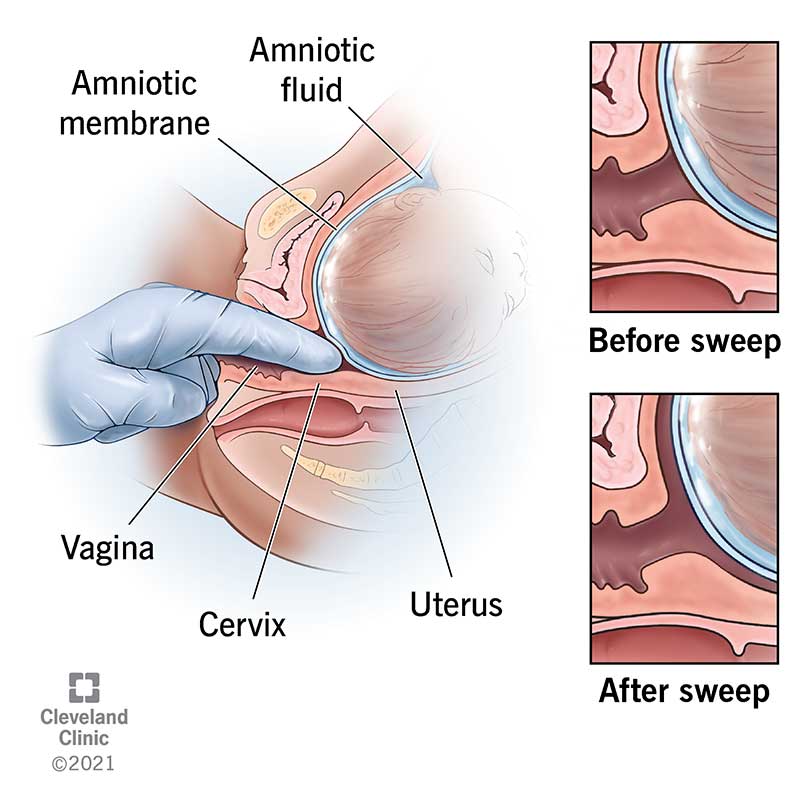After nine long and tiring months, you’re more than ready for your bundle of joy to make its way into the world. You’ve anxiously waited for the moment your water breaks, and you have to rush to the hospital. You’ve even dreamed of holding your little one for the first time. But before you can search for your eyes and your partner’s smile on your baby’s precious face, you have to first get through labor. As with everything in a pregnancy, there’s always room for unpredictability. You may need to medically induce labor with the help of your provider and one of these labor induction methods.
When will a doctor or midwife recommend an induction?
There are some conditions when a doctor or midwife recommends a medical induction. First, they will evaluate the health of you and your baby. They will consider your baby’s gestational age, the weight and size of your baby, your baby’s position, as well as the status of your cervix. After weighing the benefits and risks, you and your care provider will determine if a medical induction is the next best step. According to the Mayo Clinic, these are the medical reasons why you may be induced:
- Post-term pregnancy – Once you are approaching two weeks beyond your due date and labor hasn’t started naturally.
- Prelabor rupture of membranes – Your water has broken, but you aren’t having any contractions.
- Chorioamnionitis – Your uterus has an infection. (This is why your medical team will routinely check your temperature to ensure it’s not elevated, which can be a sign of an infection.)
- Fetal growth restriction – This is also known as intrauterine growth restriction (IUGR). This is when the baby does not grow at the expected rate during the mother’s pregnancy and the estimated weight of your baby is less than the 10th percentile for gestational age.
- Oligohydramnios – When there is a low amount of amniotic fluid around the baby.
- Gestational diabetes – When you develop diabetes during pregnancy.
- High blood pressure disorders of pregnancy –
- Preeclampsia – A pregnancy complication characterized by high blood pressure and signs of damage to another organ system, commonly the liver and kidneys. It usually begins after 20 weeks of pregnancy in women whose blood pressure has been normal.
- Chronic high blood pressure – High blood pressure that was present before pregnancy or occurred before 20 weeks of pregnancy.
- Gestational hypertension – High blood pressure that develops after 20 weeks of pregnancy.
- Placental abruption – When the placenta detaches from the inner wall of the uterus before delivery — either partially or entirely.
- Certain medical conditions – Other medical conditions such as kidney disease.
Different Labor Induction Methods
Here’s what you need to know about the available labor induction methods and that may be recommended to get your body in labor mode.
Amniotomy
What is it?
Also referred to as artificial rupture of membranes (AROM), or most popularly, “breaking the water.” An amniotomy is a fast procedure in which your doctor will deliberately rupture the amniotic sac.
How is it administered?

The process is completed while you are in bed in the labor and delivery room. Your provider will use a small surgical hook, called an amnihook, that is inserted into the vagina and through the cervix to puncture the membranes within the amniotic sac. This will release the amniotic fluid as well as natural hormones that can stimulate contractions. There aren’t any nerve endings in the amniotic sac, so this is a painless procedure. It feels like a cervical exam and then a release of warm fluid. Once the procedure is completed, moms-to-be typically go into labor within a few hours. However, this is not guaranteed.
Cervidil (Dinoprostone)

What is it?
For pregnant mommas who are either at the end or near the end of their pregnancy, Cervidil is an option physicians may recommend to help ripen (a.k.a. soften) and dilate the cervix. The vaginal insert is infused with a synthetic version of prostaglandin—a hormone-like substance naturally occurring in the body and responsible for the cramps you feel during your period. Through the use of prostaglandins, the muscles of the cervix are relaxed, and labor can begin.
How is it administered?
Similar in shape and size to a tampon, Cervidil is inserted into the vagina by your healthcare provider. It will remain in place until you no longer need it or after 12 – 24 hours. You’ll notice a long tape that’s attached to the insert. But it’s important to not tug on or remove it, as it’s necessary for when your doctor has to take it out. (Here is a video to see how it is administered.)
Cytotec

What is it?
Cytotec is given to pregnant women whose cervix is long, closed, or unripened. It helps to soften the cervix so that it can properly dilate and produce uterine contractions.
How is it administered?
Cytotec is provided in pill form and ingested orally with water. Another option is to have the pill inserted into the end of your vaginal canal (called a vaginal Cytotec). The pill will dissolve quickly and is longer-acting than the oral form.
Foley Balloon

What is it?
A foley balloon (or foley bulb) is a small balloon-like instrument attached to the end of a catheter and used to open the cervix and help it reach effacement (cervix is stretched and becomes thinner).
How is it administered?
The uninflated balloon is inserted into the cervix through the catheter and filled with saline solution to inflate the device. The foley bulb will apply pressure to the cervix to help dilate it. Once the cervix has dilated (usually about 4-5 centimeters), the foley balloon will fall out.
Membrane Stripping/Sweeping

What is it?
Membrane stripping, or membrane sweeping, is a procedure that’s completed when you’re either full term (39 to 41 weeks of gestation) or partially dilated to help induce labor.
How is it administered?
Membrane sweeping can be completed during your regular physician visit when you’re close to or past your due date. Your doctor will insert a finger into the vagina and up through the cervix to manually move and separate the thin membranes connected to the amniotic sac. When the membranes are stripped, the body can release prostaglandins to help produce contractions and prep the cervix for delivery.
Pitocin

What is it?
To help kick-start contractions, your physician may recommend the use of Pitocin. This is one of the most common labor induction methods. The medication, a commonly used drug in labor, is the artificial variation of oxytocin—a natural hormone produced to help the uterus contract and is also released when a woman’s body is ready for childbirth.
How is it administered?
Pitocin is administered intravenously in your arm while you’re settled in the labor and delivery suite. Your nurse will slowly increase the dosage to start your contractions. It is removed when you’re experiencing contractions that are two to three minutes apart.
Whether your body can induce labor naturally or you require one of these labor induction methods, all that matters is being able to hold your new baby in your arms. But knowing your options before you begin the process will help you and your provider make the best choice when and if needed.














